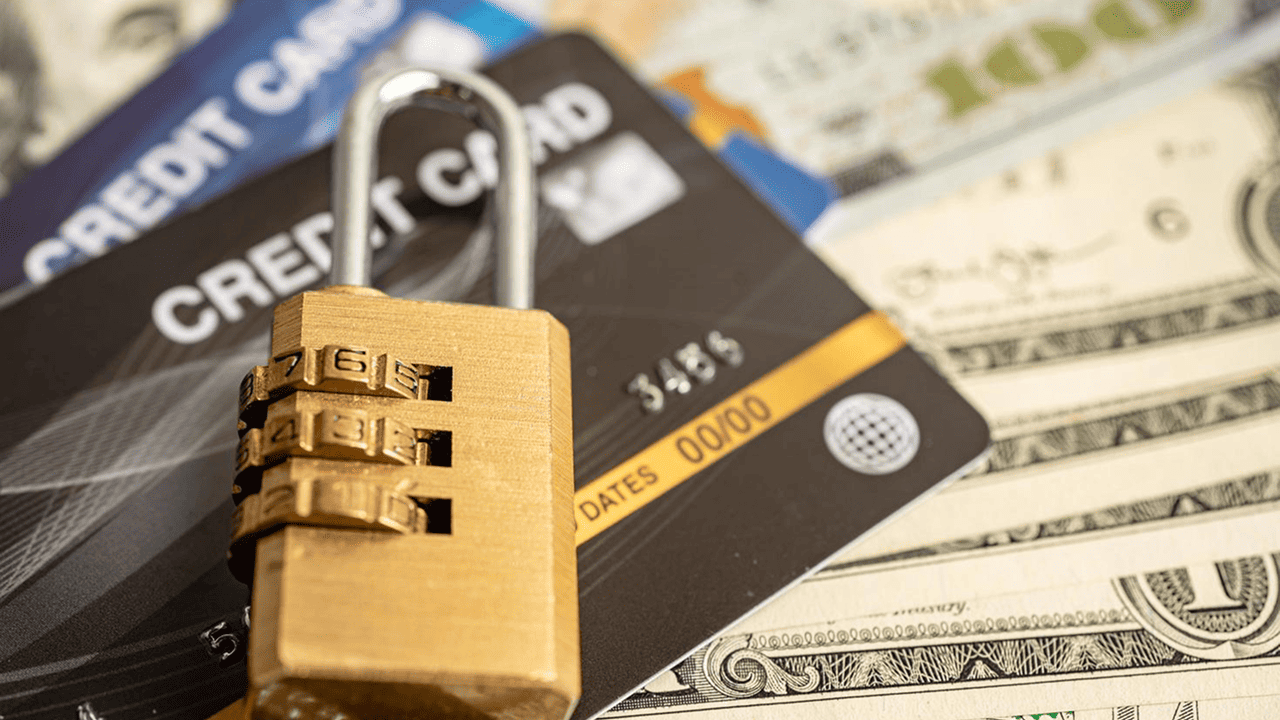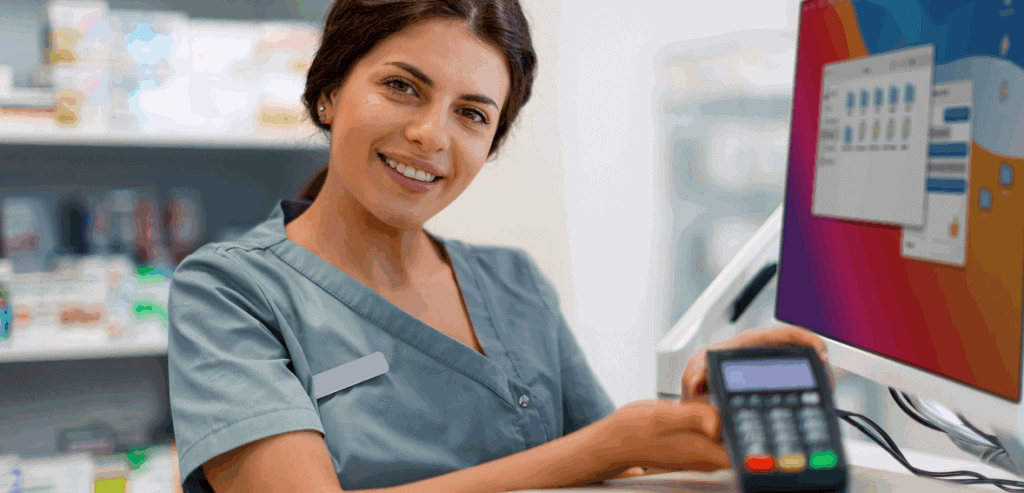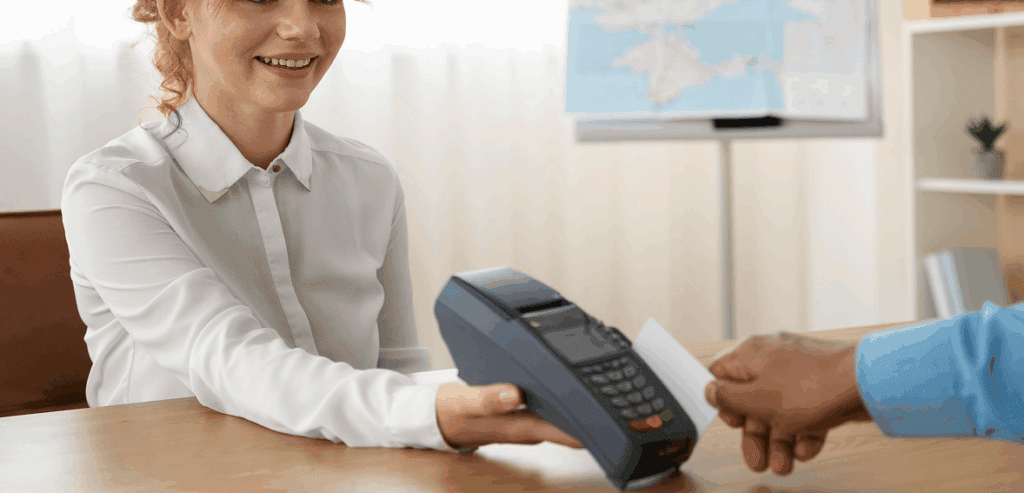
By Nancy Denson May 16, 2025
In today’s digital-first retail environment, the way people pay for goods and services is evolving rapidly. This transformation is especially critical in the pharmacy and drugstore sector, where the sensitive nature of transactions requires a strong focus on compliance and payment security. For drugstores, safeguarding financial data and patient information is not just a best practice—it is a regulatory requirement that directly impacts trust, efficiency, and business continuity.
As the volume of digital transactions increases and consumer expectations shift toward faster, contactless, and mobile payment options, the pressure on pharmacies to maintain secure and compliant systems also rises. From protecting cardholder data to following healthcare privacy regulations, navigating compliance and payment security in drugstore transactions is now a central concern for owners, managers, and IT teams.
Understanding Compliance Requirements in Drugstore Payments
Drugstores operate at the intersection of healthcare and retail, which means they are subject to a unique set of compliance obligations. Two key frameworks dominate the space: PCI DSS (Payment Card Industry Data Security Standard) and HIPAA (Health Insurance Portability and Accountability Act).
PCI DSS applies to all businesses that process, store, or transmit credit card information. Drugstores that accept card payments must follow PCI requirements to protect cardholder data, prevent fraud, and avoid financial penalties. These standards cover everything from encryption and firewalls to access control and audit logs.
HIPAA, on the other hand, governs the protection of patient health information. If a payment transaction involves prescription details, customer health data, or any link to a patient’s medical history, HIPAA compliance becomes essential. This often includes point-of-sale systems that are integrated with pharmacy management software.
Failing to meet these compliance standards can result in data breaches, legal consequences, and reputational damage. Staying up to date with changing regulations is crucial for any drugstore that wants to operate responsibly and securely.
The Importance of Payment Security in Pharmacies

Beyond meeting regulatory requirements, payment security is essential for customer trust. Drugstores often serve vulnerable populations who depend on the pharmacy not only for medicine but also for accurate, private, and respectful service. Any breach of that trust can have lasting consequences.
Payment security in drugstore transactions includes ensuring that customer card data is encrypted, securely stored, and never exposed unnecessarily. This also means using secure terminals, implementing robust authentication methods, and maintaining up-to-date software.
Modern consumers are increasingly aware of fraud risks. A secure payment experience reassures them that their data is being handled properly. This builds loyalty and positions your drugstore as a responsible and professional healthcare provider.
Key Features of Secure Payment Systems for Drugstores
To ensure strong payment security, drugstores must invest in systems that meet industry standards and adapt to evolving threats. Choosing a secure payment solution is the foundation of your compliance and data protection efforts.
Encryption is a critical feature. All payment data should be encrypted during transmission and storage, reducing the risk of interception by malicious actors. End-to-end encryption ensures that cardholder data is unreadable to unauthorized parties from the moment it is entered until it reaches the payment processor.
Tokenization adds an extra layer of protection. It replaces sensitive card data with a unique token that cannot be used outside the specific context of that transaction. Even if hackers were to access the system, they would not find usable information.
Real-time monitoring and alerts help detect suspicious activity quickly. Modern systems can identify anomalies and trigger alerts for potentially fraudulent transactions, allowing you to respond swiftly.
Compliance-friendly platforms will also support PCI DSS and HIPAA rules by offering user access controls, audit trails, secure login processes, and automatic updates.
Choosing the right tools ensures that you are not only processing payments efficiently but also protecting your business and your customers.
Protecting Patient Data During Transactions

In a pharmacy setting, many transactions go beyond simple retail purchases. When a customer pays for a prescription, vitamins recommended by a pharmacist, or a vaccination service, their personal health information may be connected to the payment.
This means that point-of-sale systems need to be integrated with pharmacy software in a way that keeps medical and payment data secure. Access to sensitive data should be restricted to authorized personnel only, and all systems should be password protected with timeouts for inactivity.
HIPAA also requires that patients are informed about how their data will be used and that they consent to it. At the point of payment, clear notices or forms should be provided that explain this process.
Creating this level of transparency not only meets compliance needs but also builds patient confidence. When people know their information is being treated with care, they are more likely to trust your store with future services.
Streamlining Compliance Through Integrated Systems
One of the most efficient ways to manage compliance and payment security in drugstore transactions is to adopt an integrated platform that handles both point-of-sale and pharmacy management functions.
These all-in-one systems streamline operations by reducing the need for manual data transfer, minimizing human error, and maintaining consistent data protection standards across the board.
Integrated systems also simplify staff training, ensure consistent compliance with internal policies, and make it easier to generate reports for audits or inspections.
When payments, prescriptions, customer profiles, and inventory are handled in one secure environment, compliance becomes part of your everyday workflow rather than a separate burden.
Training Staff on Payment Security Protocols
Technology is only one part of the equation. Human behavior plays a significant role in maintaining payment security and compliance. Every staff member who handles payments or customer data should be trained in best practices for protecting that information.
Training should include how to use secure payment terminals, how to recognize phishing attempts, and how to handle customer questions about privacy and billing.
Staff should also understand the signs of a potential security breach and the steps to take if one is suspected. Quick, informed action can prevent further damage and demonstrate due diligence to regulatory bodies.
Ongoing training helps ensure that security remains a top priority as your systems, staff, and business evolve.
Offering Secure and Convenient Payment Options

Customers today expect options. While compliance and security are essential, so is convenience. Offering a variety of secure payment methods improves the customer experience while maintaining regulatory standards.
Contactless payments are becoming a preferred method for many shoppers. These transactions are faster, reduce physical contact, and are highly secure thanks to tokenization and encryption.
Mobile wallets like Apple Pay and Google Pay are also growing in popularity. These tools use biometric authentication, which adds another layer of security while keeping checkout times short.
Recurring billing for prescriptions or wellness subscriptions can also be offered securely with stored payment methods. As long as consent is obtained and information is tokenized, this can streamline the checkout process for repeat customers without compromising safety.
The goal is to strike a balance between convenience and protection, ensuring that each payment method meets both customer needs and compliance guidelines.
Preparing for Future Compliance Challenges
Regulations evolve as technology changes and new threats emerge. Pharmacies need to stay informed and ready to adapt. This means keeping up with PCI DSS updates, monitoring HIPAA changes, and evaluating your own internal policies regularly.
Work with your payment processor and pharmacy software vendors to ensure that systems are patched, updates are applied, and new features are implemented properly. Schedule periodic audits of your payment security infrastructure and staff practices.
Planning for the future also includes preparing for new payment methods, such as biometric verification or digital identification tools, which may become standard in healthcare retail environments.
Staying proactive about compliance and payment security in drugstore transactions helps avoid disruptions, builds resilience, and positions your business as a leader in patient safety and data integrity.
Conclusion
Drugstores play a critical role in healthcare, and with that responsibility comes the need for rigorous compliance and payment security. From processing credit cards to handling sensitive health information, every transaction must be treated with care, precision, and professionalism.
By adopting secure and compliant payment systems, training staff, offering convenient payment options, and staying ahead of regulatory changes, pharmacies can protect their customers while creating a more efficient and trusted business.
Navigating compliance and payment security in drugstore transactions is not just about avoiding penalties—it is about building a modern pharmacy that patients can rely on. With the right tools and mindset, every transaction becomes an opportunity to reinforce that trust.